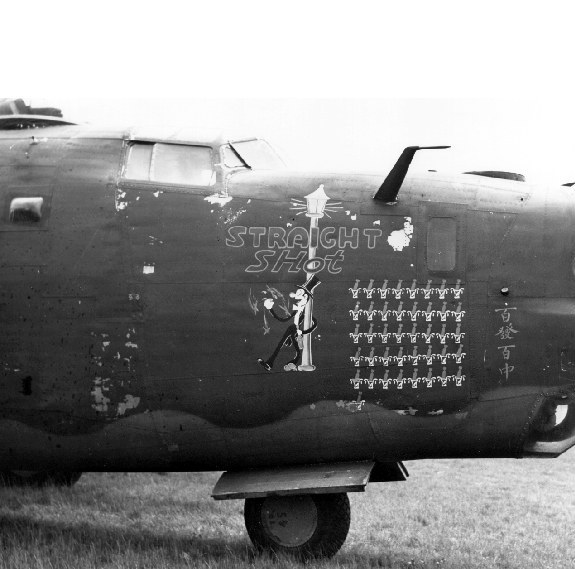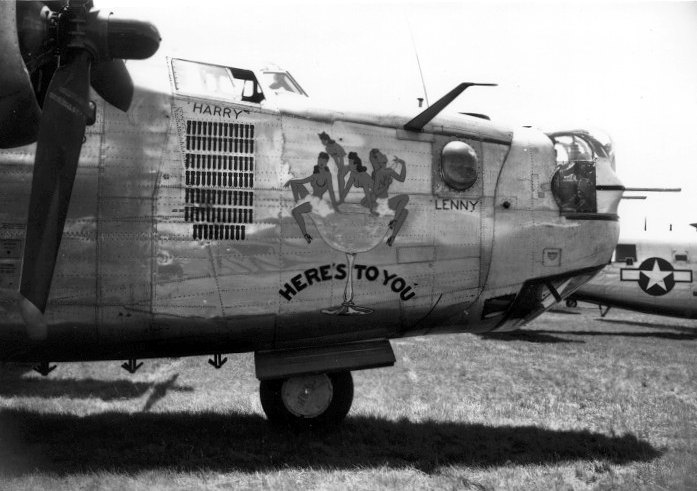 Nose Art
Nose Art  |
BCATP
|
Lancaster
|
Media
|
BCATP
|
Lancaster
|
Media
 Nose Art
Nose Art  |
BCATP
|
Lancaster
|
Media
|
BCATP
|
Lancaster
|
Media
Clarence Simonsen Nose Art Collection
Nose Art
In 1977, Clarence Simonsen discovered that two large collections of original nose art existed, one in the United States and the other in Canada. He at once grasped their significance and began to research both. The largest collection of 33 original nose art panels was owned by the Confederate Air Force located at Harlingen, Texas and were hanging from the ceiling of one of their hangars. Letters to the CAF proved negative as documentation of the panels was nonexistent and, unfortunately, interest in the collection was at the same level. As the years passed a history of the American panels began to form in the Simonsen research.
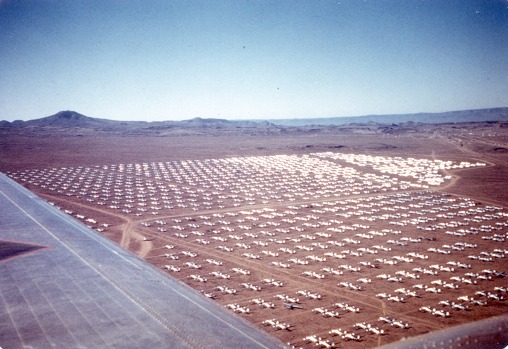
|
With the end of World War II, thousands of American aircraft began arriving back in the United States. No nation on earth faced the problem the U.S. now had -disposing of over 200,000 military aircraft. The government established over one hundred surplus aircraft storage, sales, and salvage depots across the country. Six locations became huge aircraft graveyards. The third largest was Storage Depot #41 at Kingman, Arizona where 5553 aircraft covered six square miles of hot desert sand along Route #66. In August 1946, a salvage company from Jefferson City, Missouri owned by Martin Wunderlich paid $2,780,000 for the aircraft at Kingman. By 1949 all had been smelted into aluminum ingots, along with their nose art paintings. Only one B-17 nose art painting was saved. It was found in the local Elk's Lodge in May 1982. |
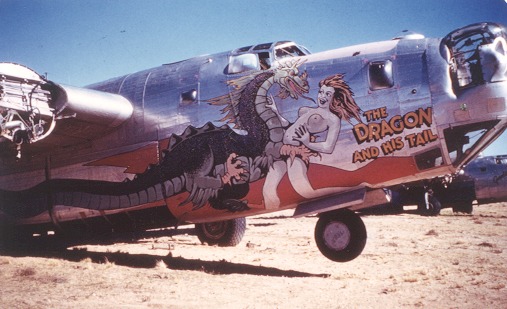
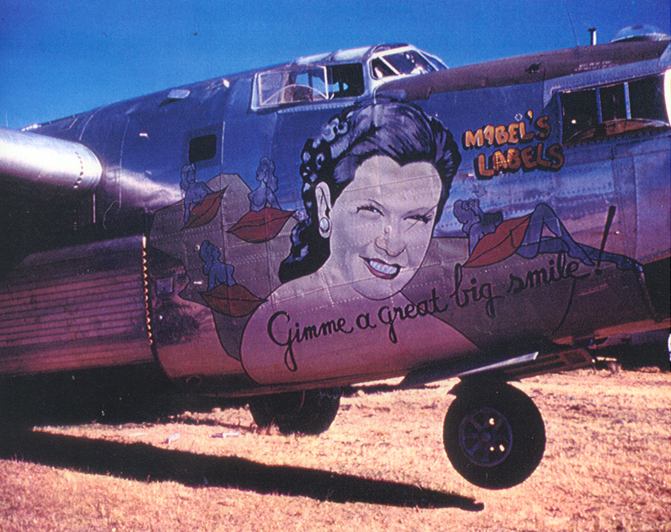
During November 1980, Simonsen received a major boost from the Eighth Air Force Association and editor John Woolnough when he was allowed to publish his own column regarding American Eighth Air Force nose art in their quarterly journal. As his research progressed, the Simonsen Collection grew into one of the most extensive of its kind as he completed the history of the Confederate Air Force's collection of 33 original panels. The nose art column ran until July 1984.
The world's largest original nose art collection follows the same general history as that of Kingman, Arizona. In 1945, ferry crews flew 5660 aircraft into storage at Walnut Ridge, Arkansas. Almost every aircraft contained impressive nose art from the war.
|
George and Herman Brown purchased the majority of the aircraft at Walnut Ridge in late 1946 and began the scrapping operation to sell off the salvaged aluminum. The general manager of the conversion company, Minot Pratt, took a fancy to the painted ladies and had his men chop 33 of the nose art panels off the aircraft with fire axes. One B-17 panel, "Rum & Coke," features a drunk male. The other 32 are female which includes 10 that are topless or fully nude. In 1965, Minot Pratt's son, Tully, talked his father into donating the collection to the Confederate Air Force in Harlingen, Texas. For the next four years the panels were stored in a lean-to room of the CAF hangar. From 1969-74, the complete collection was cleaned, repainted, and hung from the ceiling of the hangar in Harlingen. In August 1986, Simonsen contacted Anthony M. Giacobbe and obtained his first photos of the CAF collection. |
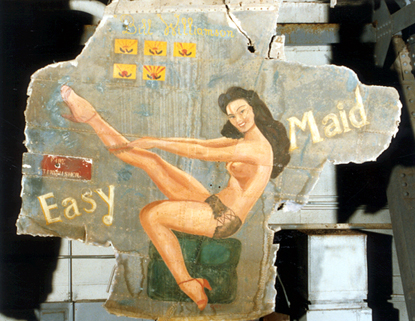
|
On 6 January 1987, Simonsen was contacted by Gary Valant of Valco Enterprises in Dallas, Texas. Valant was working on a nose art book with the Confederate Air Force and asked Clarence to work on the project and to share photos and research. Simonsen agreed providing he had copyright to all the photos in the book and the project began. "Vintage Aircraft Nose Art - Ready for Duty" was published on 15 November 1987 by Motorbooks International. This was the first book to show the complete colour collection of the 33 original nose art panels of the Confederate Air Force.
In 1989, the CAF formed "The American Airpower Heritage Museum" and the thirty-three nose art panels became their property. Then in 1991, the Confederate Air Force and the new American Airpower Heritage Museum moved to new headquarters based at Midland International Airport in Texas. The following year requests for bids on the panels' restoration were sent out. The cost to save the collection was an average of $20,000 per nose art panel. In 1999, a White House Millennium Council set the seeds for the creation of "Save America's Treasures", which included the 33 panels in the CAF's nose art collection. On 5 October 2001, the world's largest nose art collection opened in the world's first nose art gallery, part of the American Airpower Heritage Museum at Midland, Texas. |
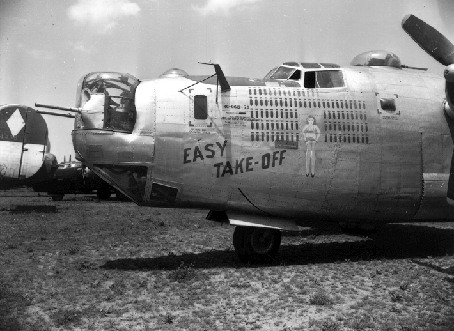
|
Clarence Simonsen is the only historian to research, collect, and repaint both the American 33 panel collection at Midland, Texas, and the world's second largest collection of original nose art found in the Canadian War Museum in Ottawa, Canada. The American and Canadian nose art paintings were cultural expressions of young men in time of war. Many came from movies, songs, books, or pin-up girls of the '40's. The Americans protect their nose art collection as a truly rich period of American folk art, providing details of the aircraft's identity, the units it served with, the crews that flew it, and most of all, the forgotten artists who painted the nose art.
